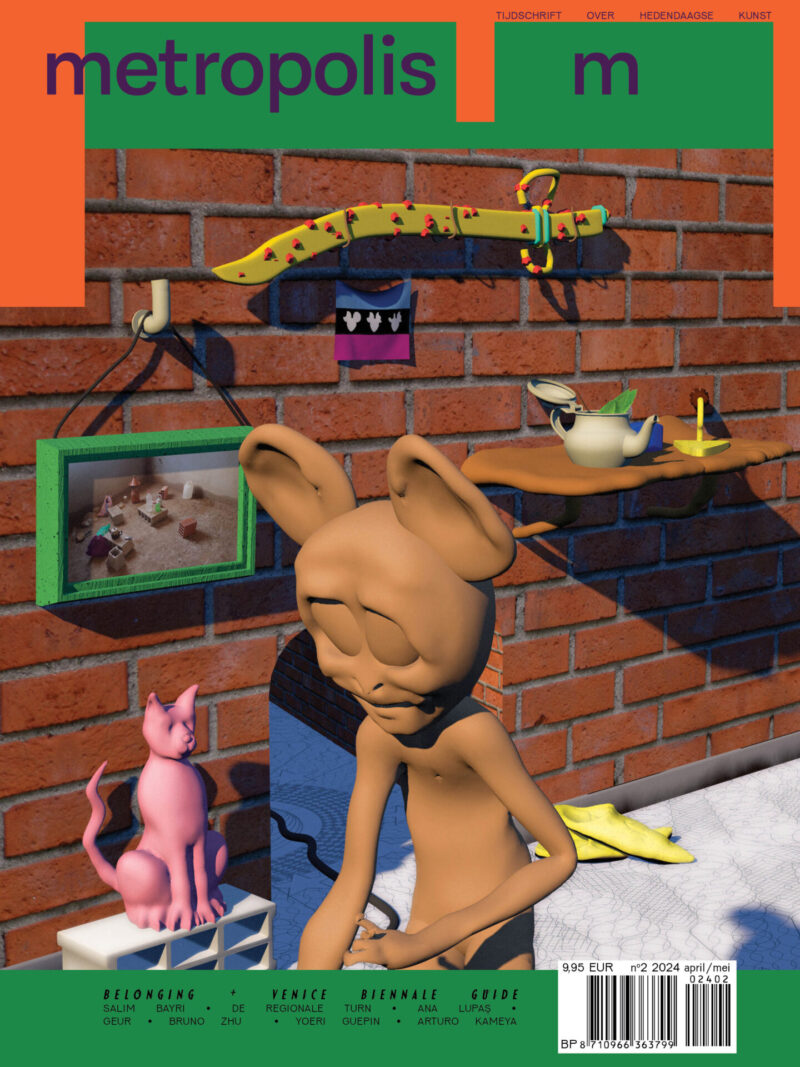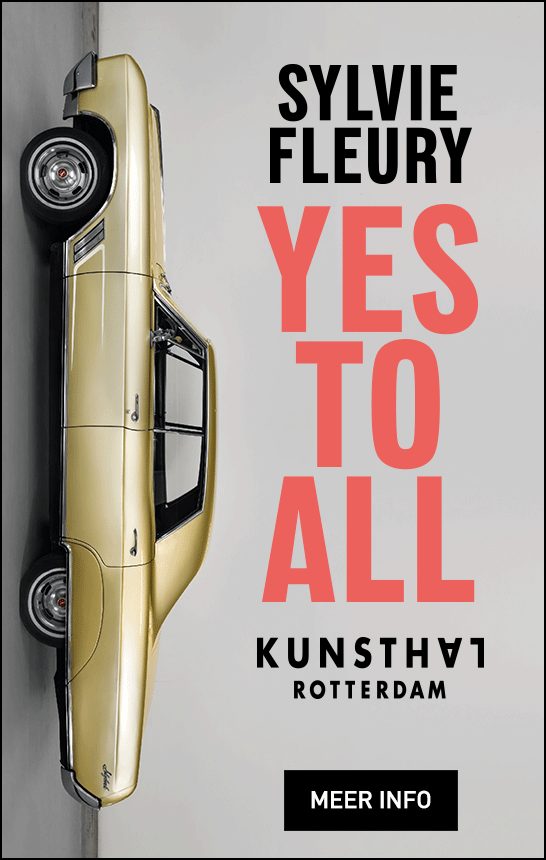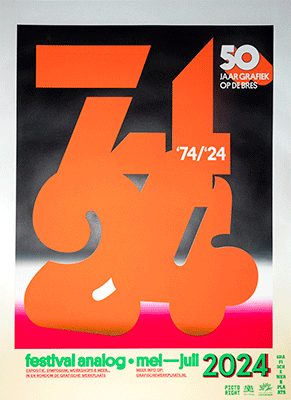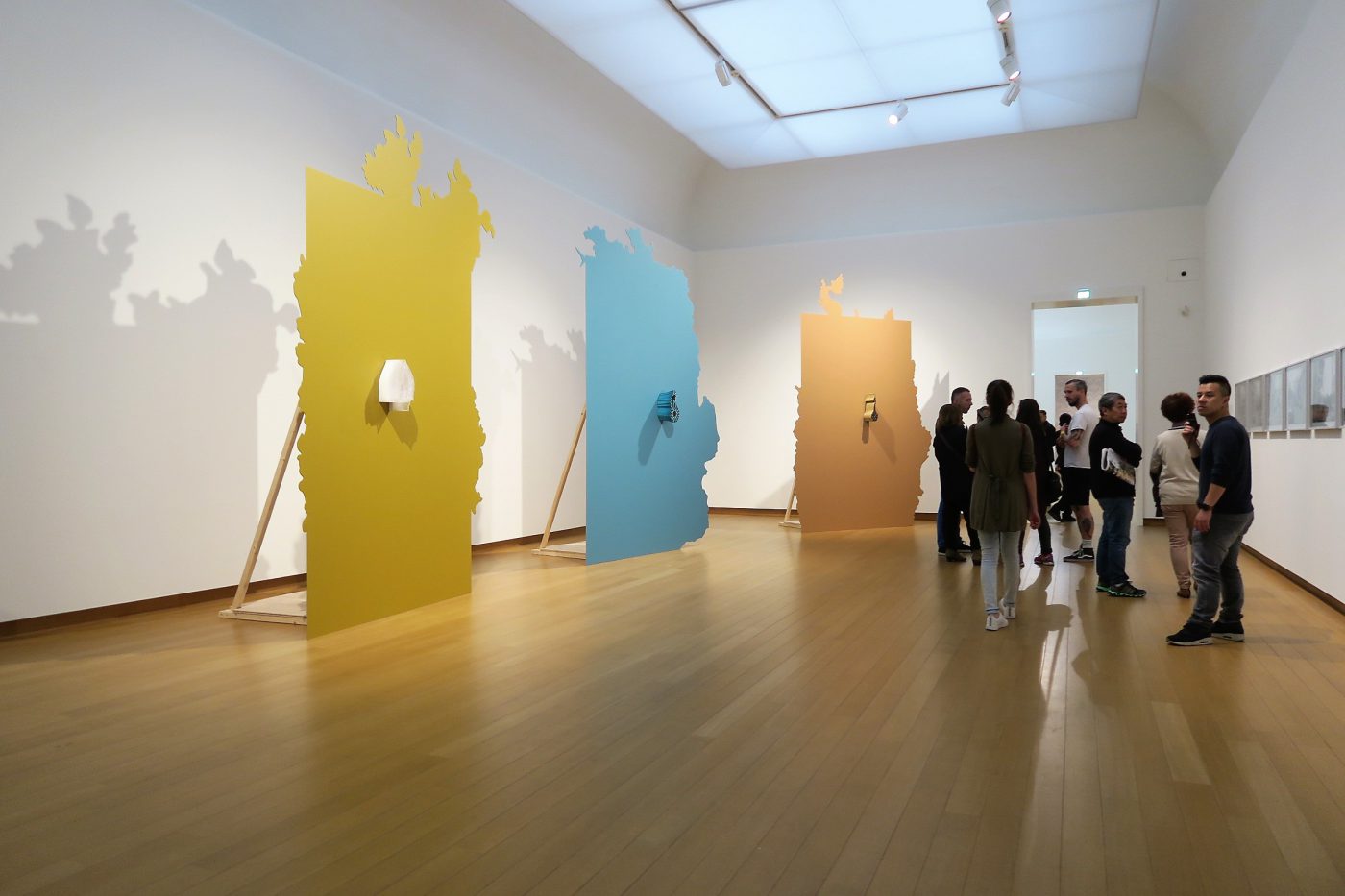
Installation Walid Raad – Let’s be honest, the weather helped, Stedelijk Museum, 2019
Les Louvres and/or Kicking the Dead – Talking to Walid Raad
“I hope it will dazzle you,” stated Hripsimé Visser during the opening of Walid Raad’s exhibition in the Stedelijk Museum. Seven rooms exhibit three multiannual projects and over fifteen artworks with an accompanying program of Raad’s renowned performance Les Louvres and/or Kicking the Dead. I met Raad the second day of the exhibition at the Stedelijk in a cigar bar in Amsterdam. He talked, I listened.
Let’s be Honest, the Weather Helped, which is currently on view at the Stedelijk Museum in Amsterdam, is not exactly a retrospective. Although it shows several artworks from The Atlas Group (1989-2004), Sweet talk (1987–ongoing), and Scratching on things I could disavow (2007–ongoing), the main focus lies on new work made since Raad’s MoMA show in 2015/16. Raad tells stories. Passionately and intelligently, utilizing the complex interrelation of facts and fictions. Storylines interweave, conspiracies are exposed, political and economic systems extensively examined. But is it all true? Every artwork relates to one of Raad’s three main projects and represents a distinct story.
As a visitor you don’t see which artworks belong to which project. Why did you decide to present your works this way?
“Whereas I used to make that very clear before, now I am less interested in this distinction, most likely because I’m seeing the continuities. Thematically, you can see the different concerns, but aesthetically less so. There are formal devices that I use time and again: collage, storytelling, image-text relationships. Most texts in the exhibition rooms are written from my perspective. The artworks consist of the stories and the images. I realize that it may be difficult to distinguish between my texts and the museum’s, and this was intentional of course, as I hope to lean on the institutional authority of the museum to authorize my stories.”
The archive, the museum, the guided tour and the artist talk seem to be cautiously utilized in this exhibition. And also certain roles as an artist, an archivist, a historian and an entertainer coexist in a way in order to convey thoughts on factuality, representation and credibility.
I hope to lean on the institutional authority of the museum to authorize my stories
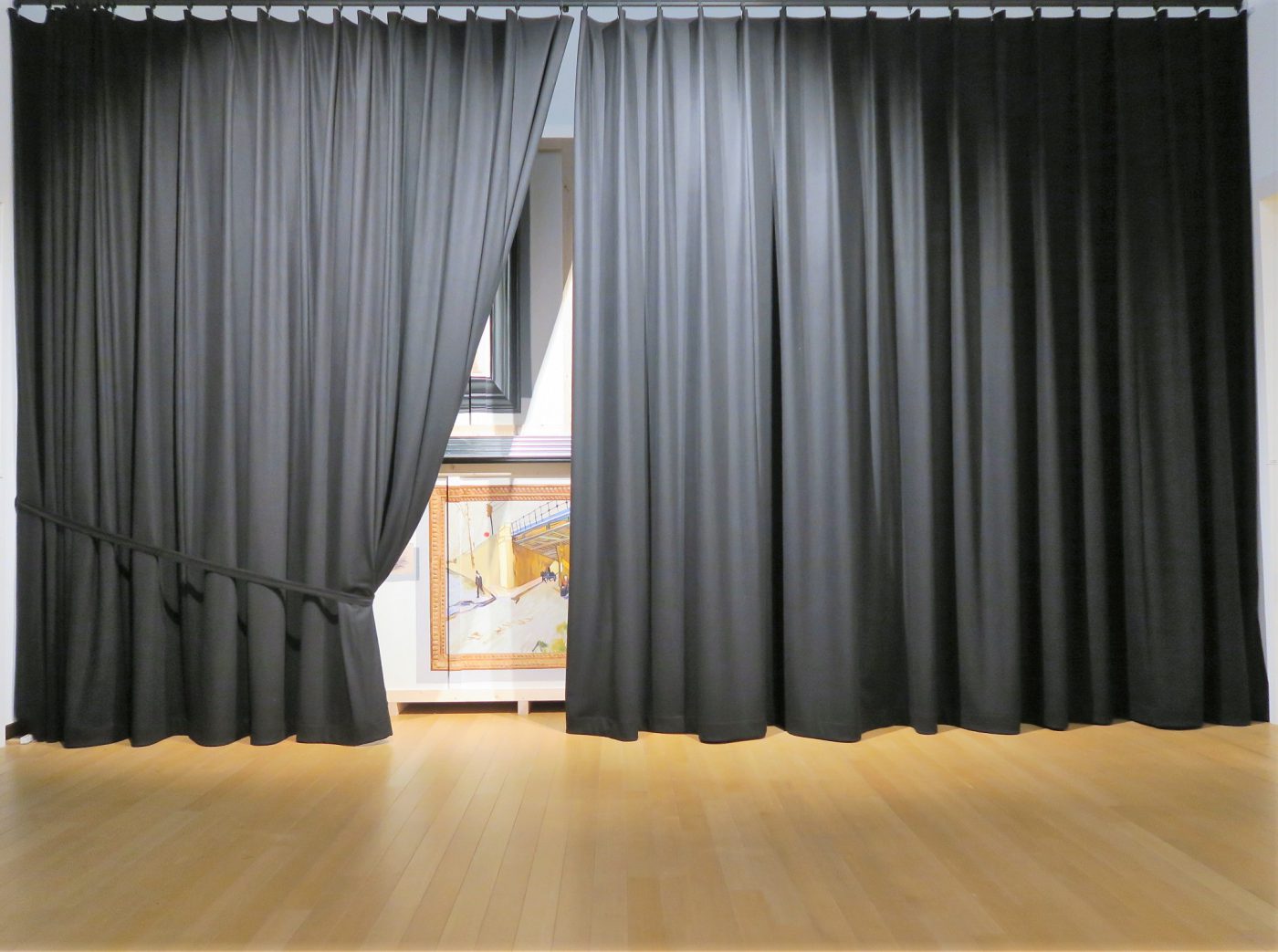
Installation Walid Raad – Let's be honest, the weather helped, Stedelijk Museum, 2019
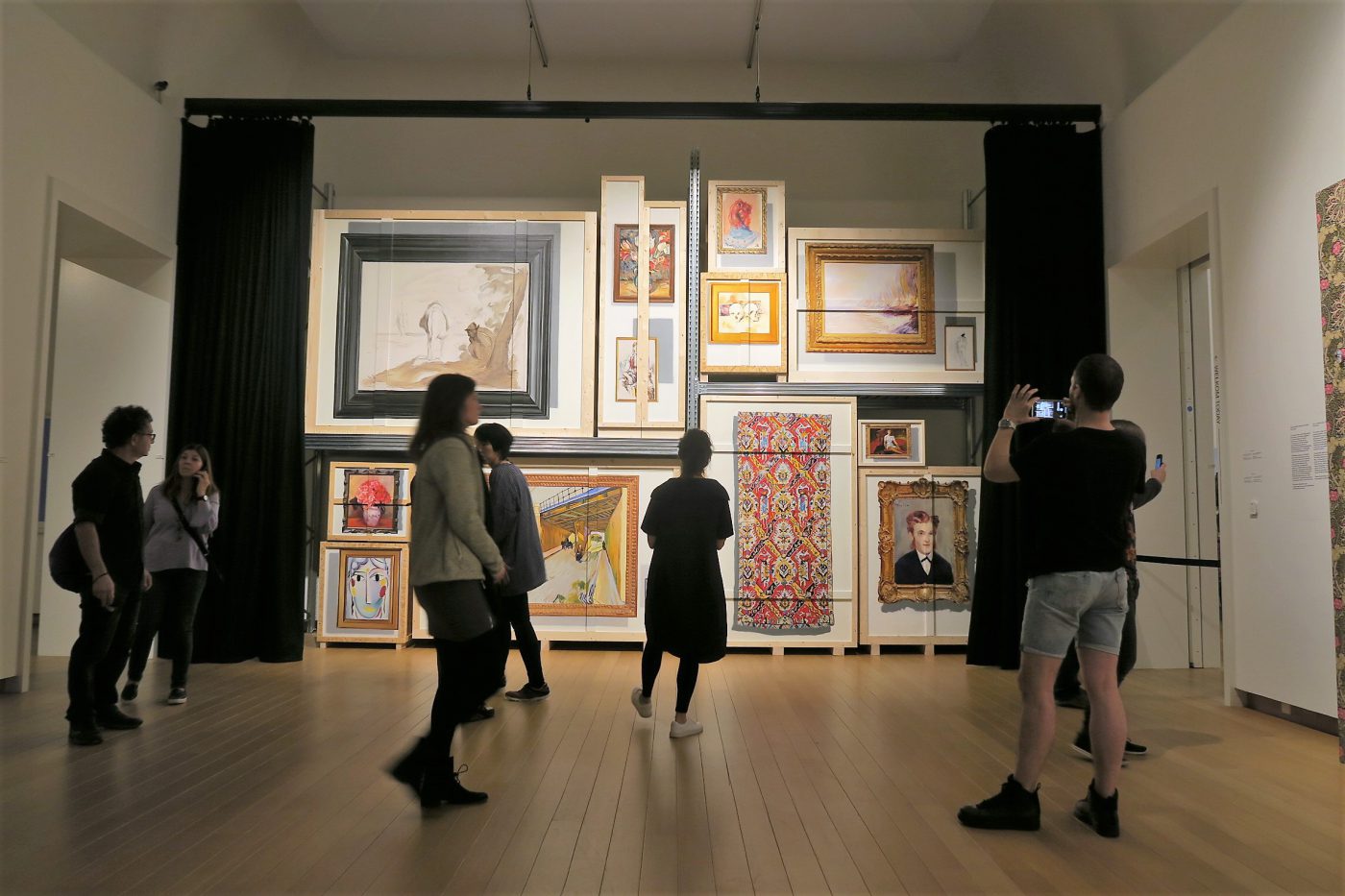
Walid Raad, shortly after the performance
You are a passionate storyteller as is shown most literally in the performance Les Louvres and/or Kicking the Dead. It starts with a lecture-style presentation and concludes in the exhibition rooms where some of your artworks suddenly figure as set pieces. Could you explain your thoughts behind the idea to bring in this new layer in the show?
“The idea of presenting some of my documents through my voice is also to emphasize that some of the experiences I am describing are just mine. They may not be yours. Could you experience an object without its shadow? I’m not so sure. The experiences are not necessarily common experiences, they might be exceptional experiences. Does that mean they’re not relevant to everyone? Maybe.”
Are they personal experiences?
“Yes, especially in my art project Scratching on things I could disavow. That is why I use the ‘I’ more in Scratching than in The Atlas Group. The Atlas Group is somewhat anonymous. Even when I donated documents to The Atlas Group, I appear as just another character, as opposed to the artist I find myself asking whether anyone else has experienced this as well. So, in the performance, I tend to look at the audience and ask: ‘Please tell me. Either I’m mad, or I have experienced something quite strange. Please let me meet one other person who can confirm to me that the experiences were objective not subjective.’”
This is very noticeable in your behaviour during the performance. Are you looking for responses?
“I say this more than once in the performance: ‘Come look. You see, you see?’ As if I’m begging you to tell me: ‘Ah, yes, I experienced this as well, once.’ I’m looking for confirmation.”
Many visitors of the exhibition, and also the audience during the performance, can’t withhold the occasional smile or giggle. Nonetheless, Raad, as an artist from postwar Lebanon, addresses very serious topics; trauma, abduction, the damages of war, abusive labour laws, and shady political and economic decisions. Nevertheless, he does so with wit and humour emphasizing the peculiarities of secret agents and officials, quirky mistakes and the oddities of wartime – these appear to be emphasized specifically in this exhibition.
What I can say is that, time and again, I am drawn to situations, stories, forms, that provoke a kind of ‘huh’ in me
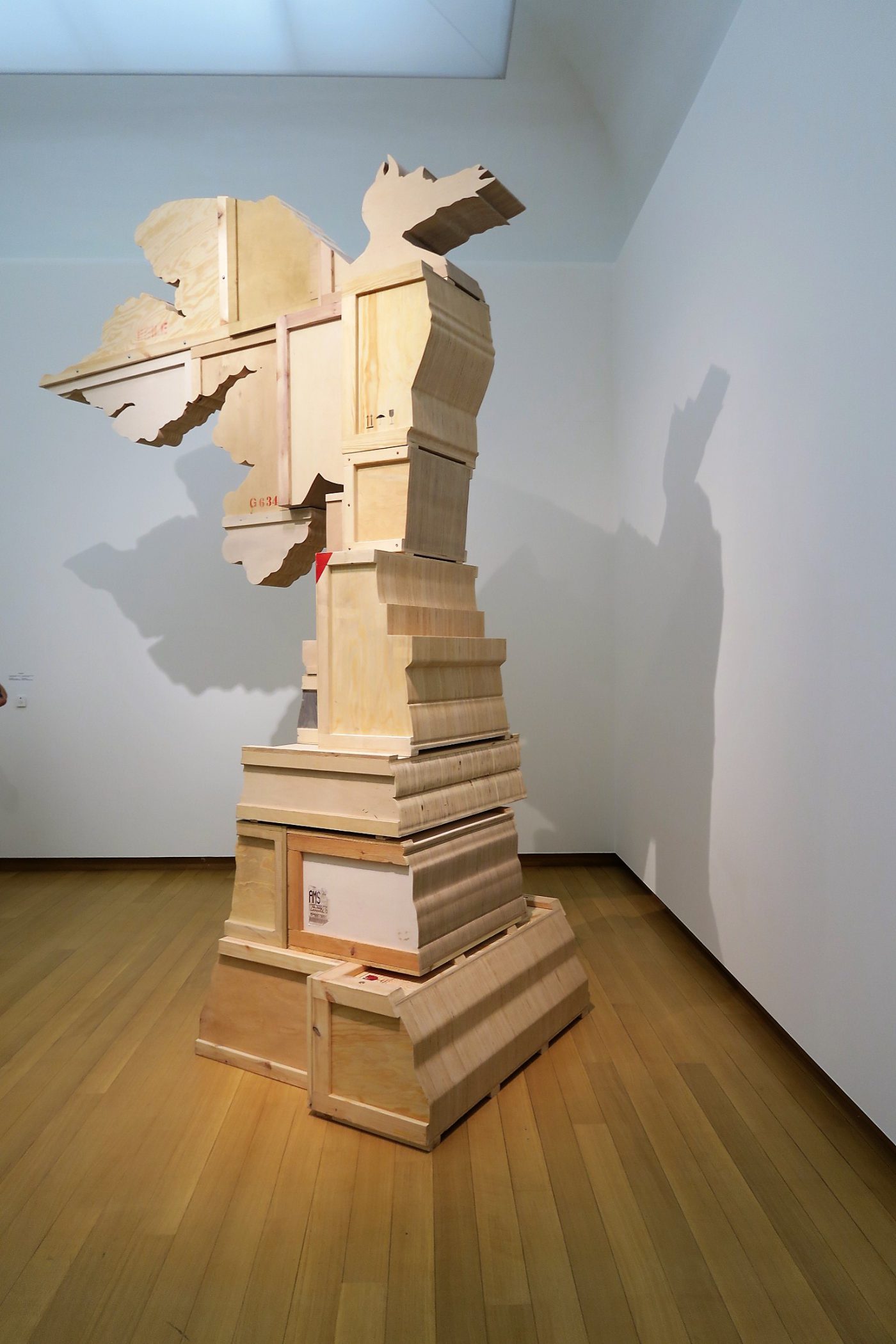
Installation Walid Raad – Let's be honest, the weather helped, Stedelijk Museum, 2019
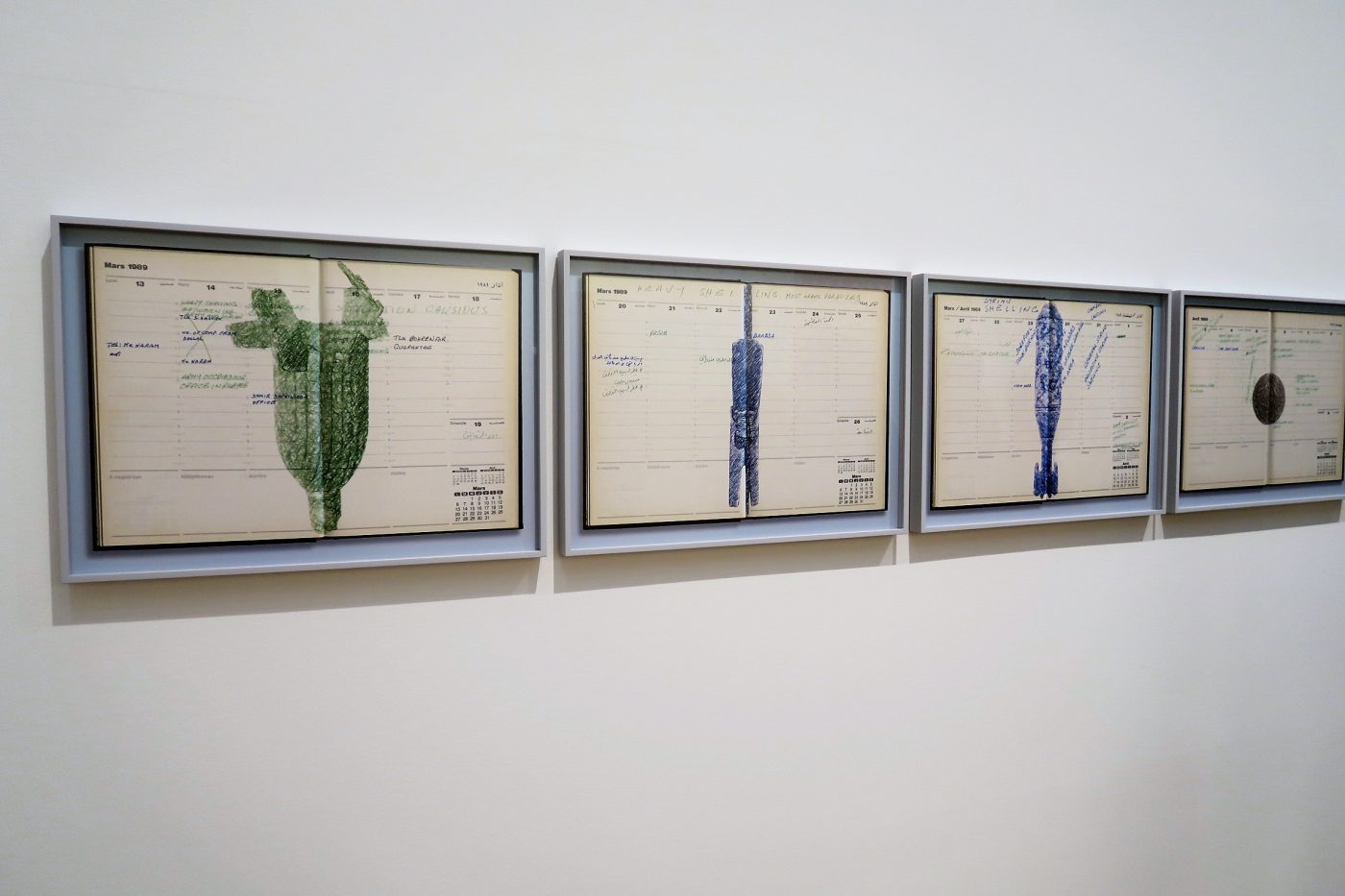
Walid Raad, I want to be able to welcome my father to my house_March 27-1,1989. 1990/2018. Pigmented inkjet print, 50 x 64,6 cm. Courtesy the artist & Sfeir-Semler Gallery Hamburg / Beirut
Seriousness becomes somewhat of a background engulfed by laughter, but at the same time, laughter shares the same complexities as trauma. Could you explain how this works for you?
“Sadness, anxiety, fear and tears are not the necessary and natural responses to events of extreme violence. Just as some may question wit’s and humour’s relation to violence, it is also necessary to question the self-evidence of tears and cries as the natural response to violence. My sense is that they are equally fraught. And as such, they are equally valid. And they are by no means the only available options. There is a range of ways people think, feel, and experience extreme violence. But I haven’t done enough work on the differences between wit, humour and laughter to explain this further. What I can say is that, time and again, I am drawn to situations, stories, forms, that provoke a kind of ‘huh’ in me. I do not know what to call it. It’s not a laughter, it’s not wit, it is something else. A kind of blissful or fearful or just pleasant or slightly uneasy, unexpected surprise.”
Many of Raad’s artworks, especially the files from the Atlas Group Archive, refer to natural phenomena; the weather, sunsets, flora, oceans. And so does the title of this exhibition: Let’s be Honest, the Weather Helped. Although it is included in an outer room of the exhibition, the similarly named Atlas Group file doesn’t exactly strike as a centerpiece. Its story, about Raad discovering that the coloured shrapnel he gathered when he was little link to several nations funding the war in Lebanon, does however show comparisons with his latest work. In his most recent performance he discloses money flows and certain shady developments in contemporary art in the Middle East.
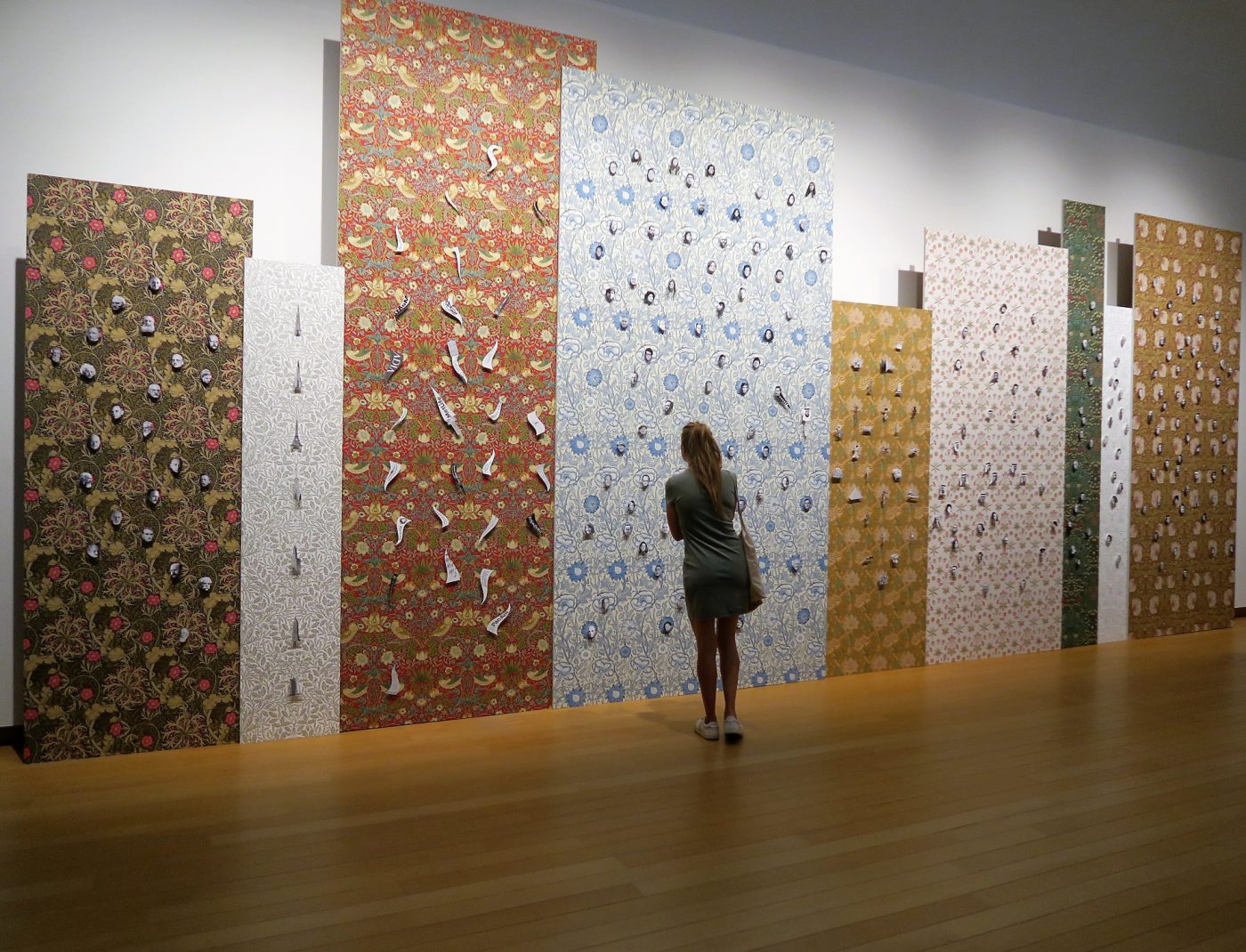
Installation Walid Raad – Let's be honest, the weather helped, Stedelijk Museum, 2019
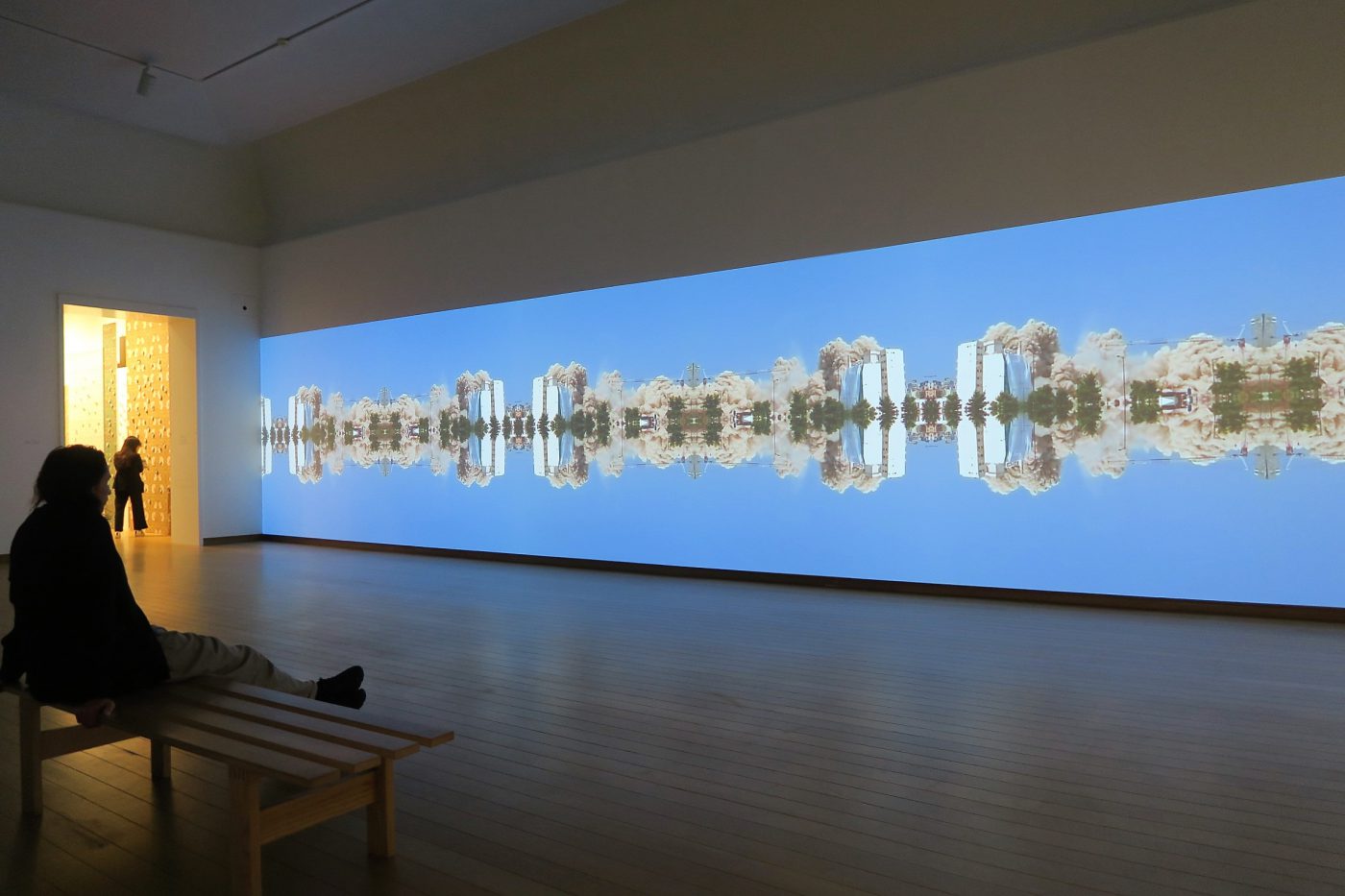
Walid Raad, Sweet talk commissions (Beirut 1994), 2018. Zaalopname Audin Gallery. Foto Blaine Campbell. Courtesy the artist & Sfeir-Semler Gallery Hamburg / Beirut
Why this title?
“I remember Salmon Rushdie saying something to the effect of, and am paraphrasing here, ‘There’s no more naturalized sign of cultural difference than the weather.’ In other words: the weather always appears as if it’s natural and unpredictable, but it is actually quite coded, both culturally and historically. And moreover, in times of crisis, in times of extreme violence, let’s say 9/11, it was fascinating for me to see how we begin to tell that story by usually talking about the weather, relating how blue that sky was on that fateful day. It’s fascinating that we begin this story with the sky, its colour, with the weather as if to say ‘who could have predicted what’s about to happen?’ Of course, there are so many historical, political, ideological, military, and other reasons that shaped 9/11, but here we witness the deployment of a cultural convention that naturalizes the crisis. And two: the blue sky was next to the towers, it is the perfect sort of analogue for how violence may be experienced. You take the thing next to the site of the violence as a stand-in for it. You hold on to the blue, as a stand-in for the burning and falling towers. You may end up being haunted by the colour blue without knowing why. You see this happening time and again around issues of violence. In my videotape about the kidnapping of Americans in Lebanon in the 1980s, the Bachar tapes, I was fascinated by the fact that all hostages began their books by talking about the weather.”
After his performance, Raad leaves his audience in front of his last artwork; painted boxes of the undead collection of Erich Maria Remarque. Overwhelmed with real-estate data and remarkable constructions, introduced to distinct characters, and confused by the leaps of Raad’s psyche and everything presented in-between his audience seems somewhat lost and Raad is nowhere to be seen. Raad forcefully dumped a constant changing flow of information unto his listeners; some convincing, some even ludicrous or obviously imaginative. Later on, back in the exhibition, an important thought remained: did we listen to the mindset of a madman or to a whole-hearted enclosure of severe politics and an unknown reality?

Installation Walid Raad, Letters to the reader, 2014, multiplex, paint, 244 x 122 x 11,4 cm – Let's be honest, the weather helped, Stedelijk Museum, 2019
“Even this idea that you could take a camera and walk down the street and take pictures in a city of Beirut is impossible. Because as soon as you walk out of your house you’re an intelligence agent, you’re a spy. I think it is almost impossible to be an abstract artist, because the image is so penetrated by the discourse of intelligence. Even with my large blues in the exhibition; if you make a painting of blue it must be something else. There got to be something there, something behind it. Blue seems to be never just blue. The discourse of intelligence, of military, of ideology penetrated life in such a way that everything has become suspicious. So then, because discourses are political, what arsenal do you own in order to convince me that this is reality?”
Walid Raad, Let’s Be Honest, The Weather Helped, Stedelijk Museum Amsterdam, 18.5 – 13.10.2019
Róman Kienjet
kunsthistoricus